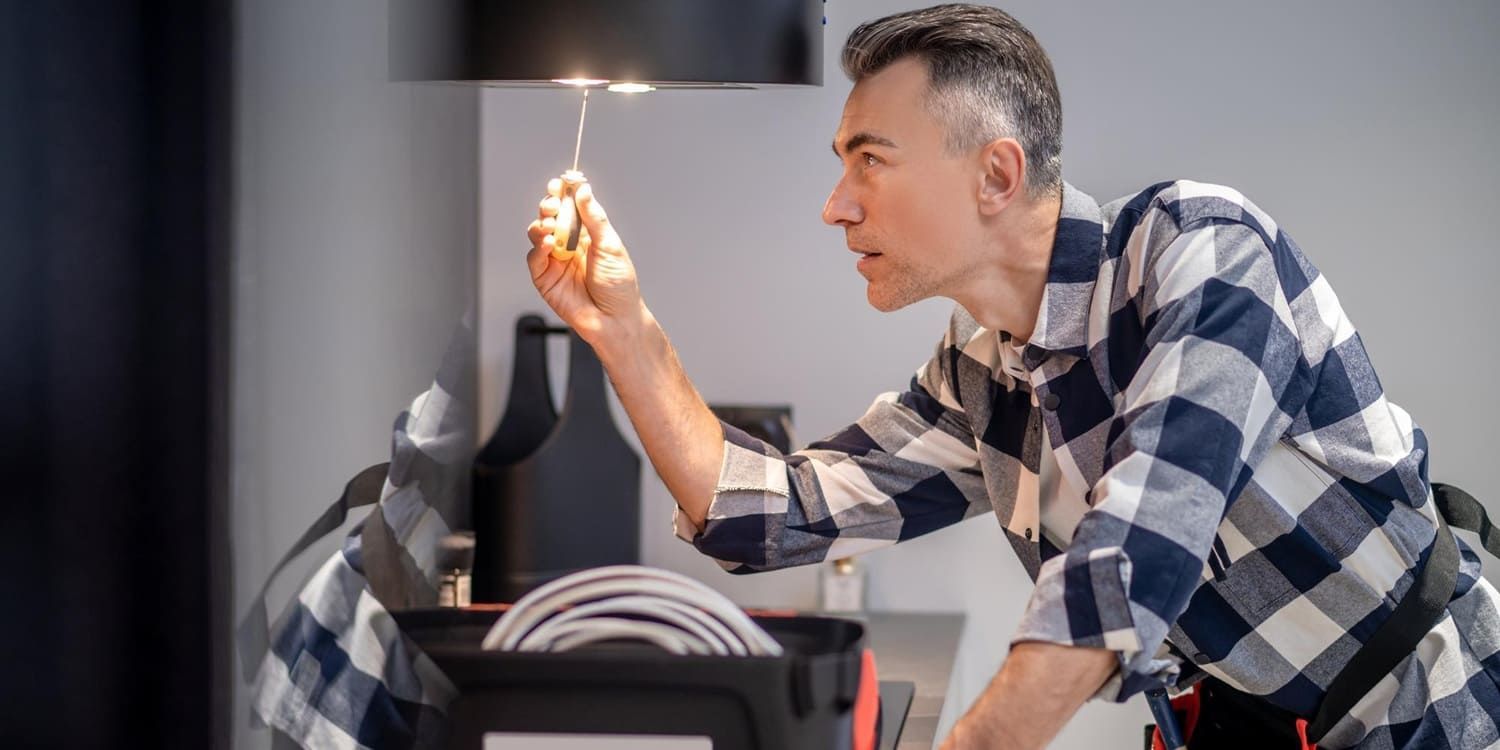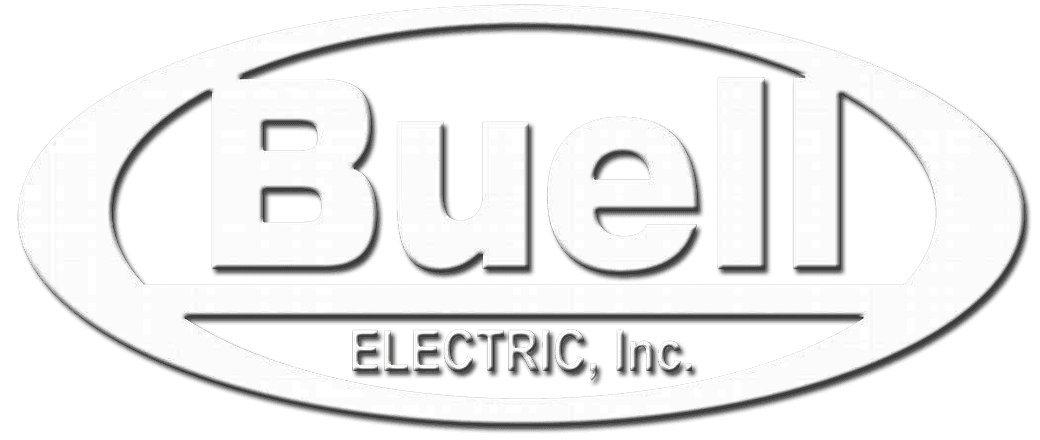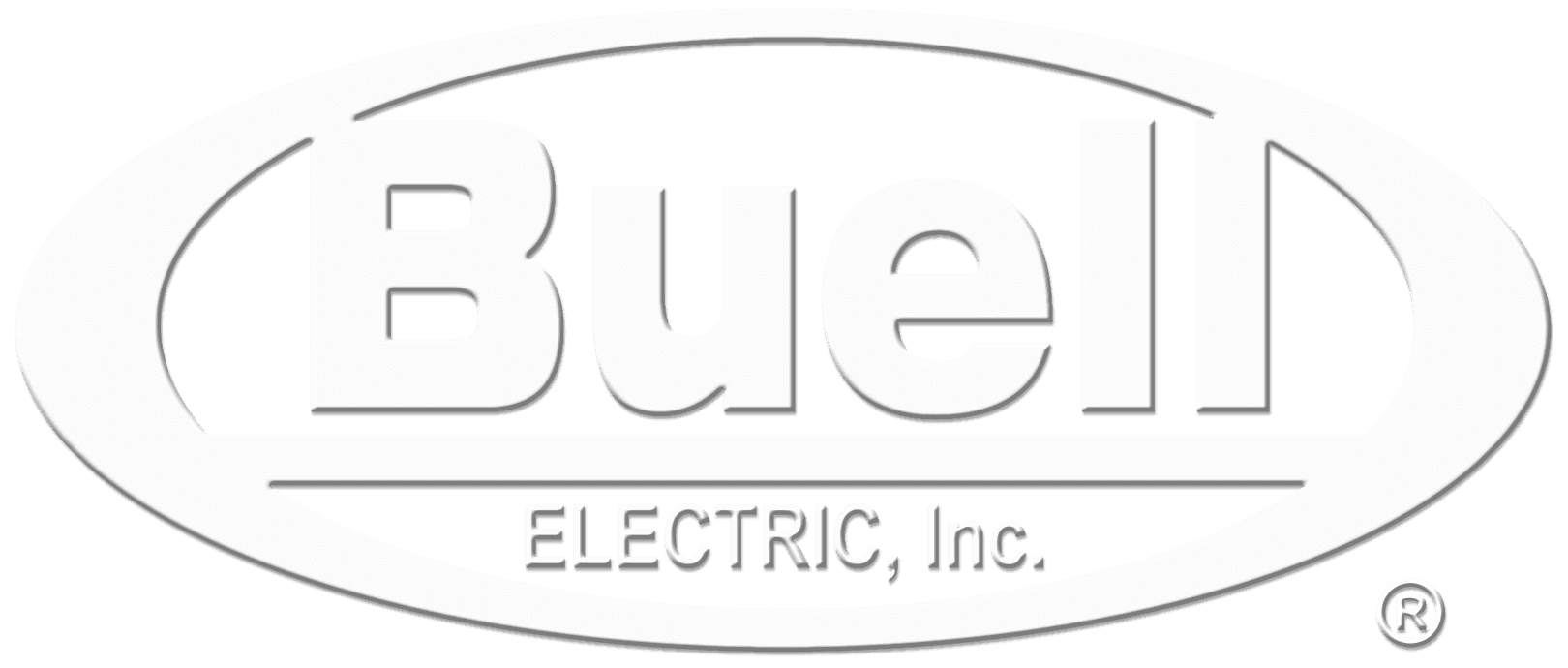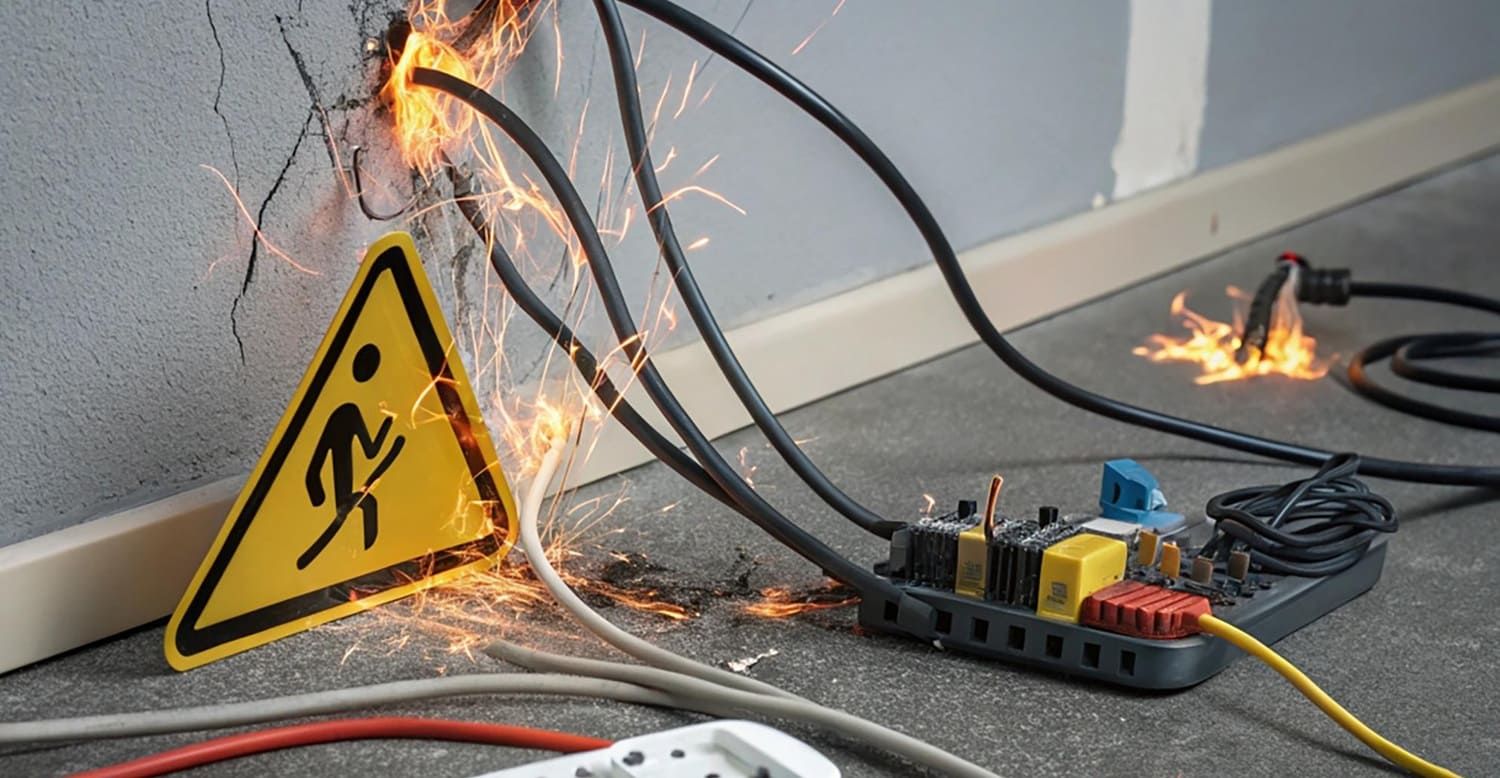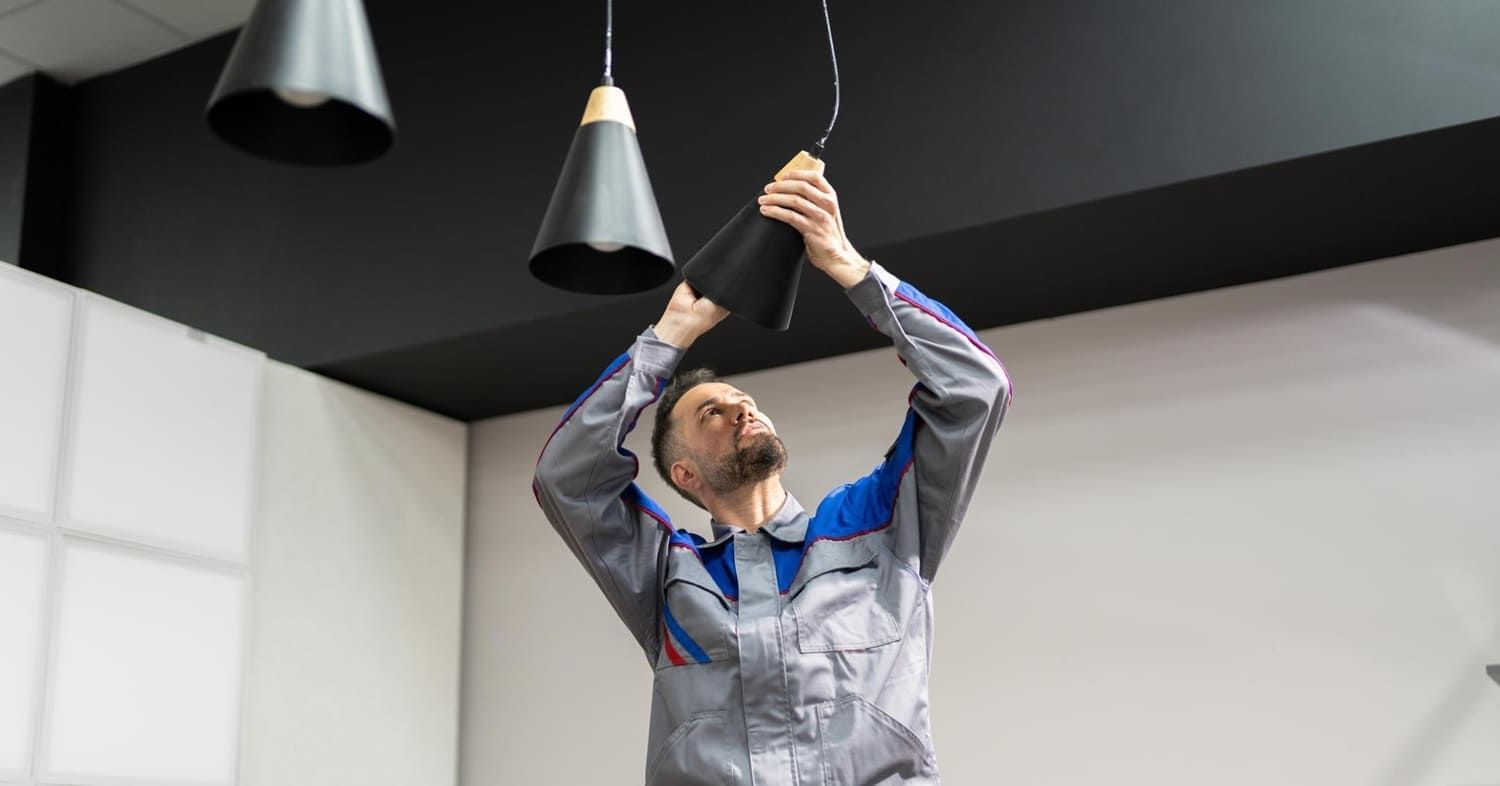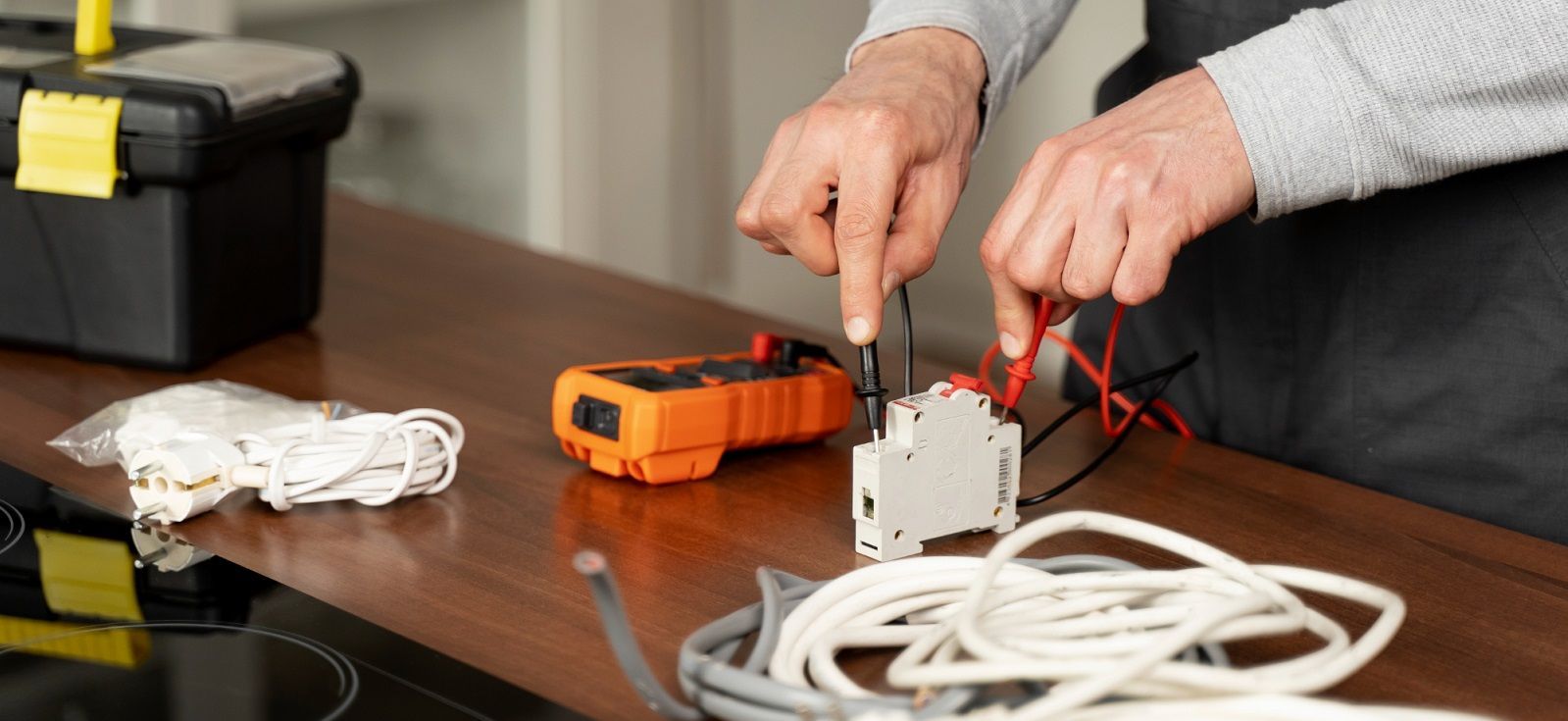Understanding How Power Outlets Work: A Guide For a Safer Home
Power outlets are something that everyone deals with on a regular basis. But how much do you really know about them? Find out here.
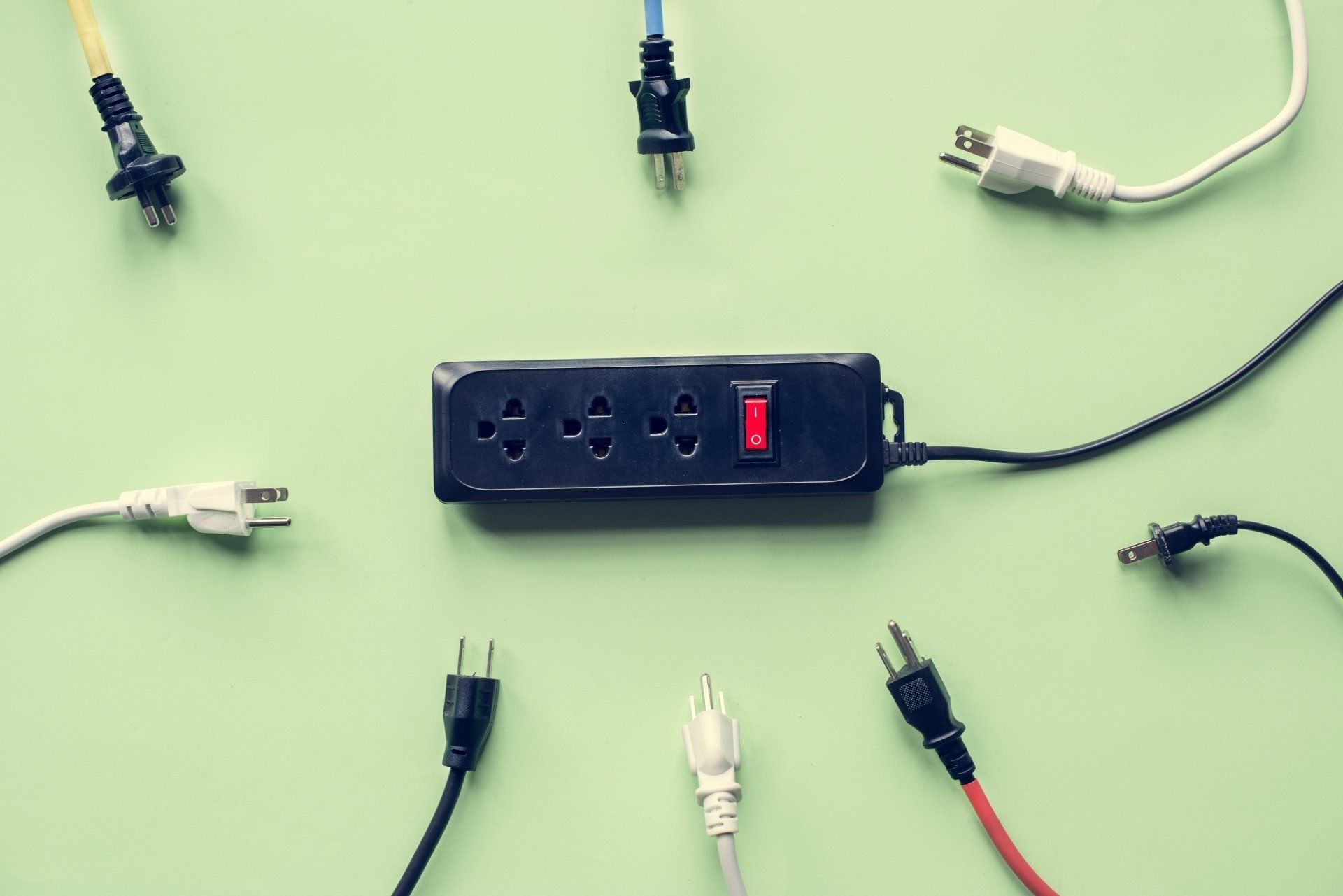
Power outlets are essential for any home. You use them to plug in appliances, charge devices, and power your television, to name a few. Used every day, these outlets often lack the acknowledgment they deserve.
In order to have a safer home, it's best to understand the mechanics that make power outlets work and how to use them. This includes the number of devices plugged into each outlet and ways to prevent overloading them with electronics.
If you're wondering about the difference in outlet prongs or what it means to ground an outlet, then look no further. Keep reading for a complete guide to these essential electrical components. You'll learn how they work and ways to help keep your home safe.
Power Outlets 101
While powering your laptop may seem as simple as plugging your charger into an outlet, it's actually much more complex. Your devices, electronics, and appliances run on electricity. Electrical outlets supply this electricity throughout your home.
But where does electricity come from?
Your power company provides electricity to your home, and your outlets allow you to channel that energy.
Your circuit breaker then harnesses this power before channeling it to your electrical outlets. A series of wires allow your circuit breaker to connect to each individual outlet, determining where electricity will travel within your home.
You may have two or three-prong outlets, depending on the age of your home.
Two-Prong Outlets
Older houses tend to have two-prong outlets, while homes built after 1969 switched to three-prong outlets for safety reasons.
Two-prong outlets lack a ground connection (the third prong). Ground wires play an important role in safety because they counteract any electrical currents and help them safely reach the ground.
Three-Prong Outlets
If you look at your outlets you'll see that the left (neutral) opening is a tiny bit larger than the right (hot) opening.
Three-prong outlets are more common and a requirement in new construction. Their third prong includes a ground wire as a safety precaution.
Ground wires help prevent an overload of electricity, sustain the level of voltage in your home, and protect against injury and death.
Three-prong electrical outlets are a safety feature that every home should have. If your home has older outlets it's best to contact a professional electrician to update your electrical outlets.
GFCI Outlets
New regulations require GFCI Outlets (Ground Fault Circuit Interrupter) anywhere within six feet of water. You'll see these outlets in bathrooms, kitchens, basements, crawl spaces, and where outdoor electrical outlets are.
These essential outlets help protect you in the event that electricity makes its way from an appliance, tool, or light fixture while trying to make it to the ground.
If you're in the way, this can have disastrous, if not deadly, consequences. The design of these outlets enables them to shut off as a safety feature, should they detect a ground fault.
Even if your wiring isn't grounded, these special outlets work to keep you. But, GFCI outlets only work if properly functioning, so make sure to check them monthly.
The test is simple: take a lamp from somewhere in your house and plug it into the outlets. There's a little button on the outlet that you can push in, known as the "test" button. If the test light stays on then you know you need new GFCI outlets.
Dryer Outlets
If you have an electric dryer then you need a special kind of outlet. This outlet connects to a 240-volt circuit in order to provide your dryer with enough power to work.
This is done as a precaution and to protect your home from potential fires.
For homes built before 1996, it's not uncommon to see three-prong dryer outlets. Homes built after 1996 typically have four-prong outlets.
While it's a safe choice to convert two-prong outlets to three-prong outlets, this isn't the case with three-prong dryer outlets. They can be left as-is if a licensed electrician says they're in good working order.
USB Outlets
Nowadays it's not uncommon to install USB outlets within your home. With so many devices using USB outlets to charge, it's an excellent idea to upgrade your home with these modern outlets.
What's best is these outlets require minimal power so they can be added to almost any outlet in your home.
Exceptions are switch outlets or appliance outlets. Contact a trusted electrician to help you make the switch to USB outlets.
When to Call an Electrician
There are signs to look for that signal the need for an electrician. Never ignore these signs and call an electrician as soon as possible, as wiring issues are a serious safety issue and a fire hazard.
If you notice burn marks on your outlets or they feel warm (or hot) when touched, immediately have an electrician evaluate them.
You may also notice smoke coming from your outlets, sparks when plugging in appliances or devices, and power surges. These are serious issues, so handle them promptly.
Your lights may dim unexpectedly or you may hear noises coming from the outlets such as buzzing or cracking. It's possible that rodents have chewed through your wiring, so get this inspected before danger strikes.
Electrical Work You Can Rely On
Don't compromise the safety of you and your family due to old electrical outlets. No matter what type of power outlets you have in your home, we can help.
Buell Electric, Inc.has licensed and experienced electricians who can convert your two-prong electrical outlets to safer three-prong outlets as well as ensure you have the necessary GFCI outlets throughout your home.
If you're in the St. Petersburg, FL area then contact us today and a member of our dedicated staff will be happy to help you with all your electrical needs.
Whether you need upgraded power outlets, electrical repair or inspections, electrical panel wiring, or generator installation, we've got you covered.
Buell Electric's Blog
